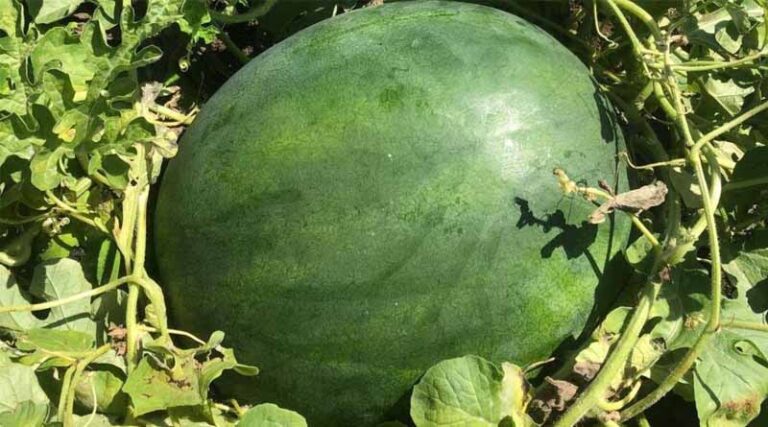
Spotlight Australia: Year-round Watermelon Production
22 September 2025, Australia: Every consumer knows exactly what their ideal watermelon looks like. However, that vision of a perfect watermelon varies based on location. Around the world, consumer preferences vary on size, rind color and taste, which can make meeting market demands in other countries challenging.
In Australia, an exclusively seedless market, consumers prefer watermelon with deep red interiors and an olive-green rind. The Australian watermelon market is almost entirely domestic, meaning growers, nurseries and seed providers like Syngenta Vegetable Seeds, all strive for watermelon varieties that have the traits consumers demand, while delivering the agronomics growers need.
Queensland and New South Wales are the two largest watermelon-producing states, but the watermelon industry is in nearly every part of the country.
While in some geographies watermelon is a seasonal crop, in Australia it can be grown “fifty-two weeks of the year,” Leith Plevey, cucurbits product specialist at Syngenta, says. “Every day of the year, there’s a seed being propagated and a watermelon crop being harvested. It just moves from north to south and back again.”
Australian Watermelon Producers Increase Grafting
As growers look to overcome agronomic challenges, the practice of grafting, or joining the scion of one plant with the rootstock of another plant for improved agronomic traits, has increased to about half of all watermelon produced in Australia over the past decade. Grafting provides several benefits to growers, including up to a 25 percent increase in fruit production, according to the University of California.
Grafting increases production through improved vine and plant vigor in watermelon, which leads to improved yield potential all season long.
“The ultimate objective is to improve yield. First by managing soil pathogens, such as fusarium, to improve crop health, which in turn can increase yield and uniformity, especially during our cooler months” Plevey explains.
“It can increase the size of the first pick, and reduce the size decline between first and last pick. Instead of starting with a 9 kilogram fruit and finishing with a 5 kilogram fruit, they might pick a 10 kilogram fruit and then finish with a seven and a half kilogram fruit which incrementally improves their yield with each harvest.”
Watermelon Agronomic Challenges
Like growers around the globe, Australian watermelon producers also face disease challenges. Key pathogens include anthracnose, fusarium, and powdery mildew, each of which have the potential to devastate yields. Australian growers focus on integrated pest management programs to help address the breadth of challenges from disease. In addition, there are many Syngenta varieties with resistance to key pathogens. In Australia, Javelin, Powerhouse, and Crisp Delight watermelons take center stage in a grower’s lineup.
For Australian watermelon growers, balancing plant health, productivity and a strong consumer appeal remains the goal. Through close collaboration between farmers and researchers at Syngenta Vegetable Seeds, Australian growers will continue to implement new innovations that protect their bottom line and deliver the ideal watermelon to consumers.
Also Read: SML Limited Nematicide Receives Provisionally Approved ISO Common Name “Fenargimine”
📢 If You’re in Agriculture, Make Sure the Right People Hear Your Story.
From product launches to strategic announcements, Global Agriculture offers unmatched visibility across international agri-business markets. Connect with us at pr@global-agriculture.com to explore editorial and advertising opportunities that reach the right audience, worldwide.






